Sitra’s report “With what money?” (available in Finnish only) reveals that a total of 18.9 billion euros was funnelled to lifelong learning in 2017. Compared internationally, Finland’s education investments are among the largest, which also applies to the public funding of education. The share spent by the state and municipalities was 15.5 billion euros, over 80% of the total amount, while the remaining 3.4 billion euros came from the private sector.
The majority of the funds, 16.6 billion euros, was spent on education, and 2.3 billion euros was used for supporting students’ income.
“Finland is known for its high-quality education, which is supported by Finland placing well in comparisons such as the PISA test that measures young students’ learning,” says Helena Mustikainen, leader of Sitra’s Lifelong learning project. “In the future, the need for learning new information and skills will also be highlighted in working life since artificial intelligence and digitisation will change job descriptions and working methods significantly. The paths of lifelong learning and shedding light on their funding are therefore important for Finland’s competitiveness and well-being”.
Public funding focused on education for children and young adults
Over 80% of public funds was funnelled through local authorities to early childhood education, preschool education and comprehensive school. Last year, councils spent 7.2 billion of their funds on these levels. In addition, they received funds for basic education from the state.
Government education budgets are managed by four ministries. The Ministry of Education and Culture (4.5 billion euros) provides funding to higher education, secondary education and adult education, whereas the Ministry of Finance (3.5 billion euros) funds basic education as a part of the central government transfers to municipalities for basic services. The budgets of the Ministry of Economic Affairs and Employment and of the Ministry of Social Affairs and Health also include funding for education.
Education during employment is paid for by employers or students
Outside the publicly funded system, cash flows diverge, so getting a comprehensive idea of the private funding of education is not that easy.
Currently, companies bear the greatest burden when funding learning during employment. In the report, companies’ education investments are estimated to be about one billion euros, although the amount is likely to be larger than this. For most Finns, training paid for by the employer and conducted during working hours is the most significant form of education during their employment careers.
“If it is something other than on-the-job training, education during employment is paid for by the student. Learners’ investments in education are in fact significant, considering the various participation fees and materials costs, for example,” says Senior Lead Sinimaaria Ranki from Sitra.
In a Statistics Finland adult education study, 1.2 million employed people – nearly half of the Finnish workforce of 2.5 million – reported participating in adult education related to their work or profession in 2017.
Financial support mostly earnings-related
There are many types of financial support for different stages in students’ lives: student financial aid, grants, adult education allowances, part-time education compensation and so on. Learners’ public financial aid is provided by Kela, the Education Fund, unemployment funds, employment pension organisations and insurance companies.
“Earned income is the best security for learners in working life, as financial support and compensation are mainly earnings-related. The overall idea of financial support seems to be that a person will have a working career with steady or increasing income with only the occasional break,” says Sinimaaria Ranki.
The report enables interesting comparisons. Children’s and young adults’ education receives approximately three times the funds that education during employment does. However, if you examine a person’s life cycle, their employment career is often twice as long as the time spent studying in compulsory or further education.
The “With what money?” report is mainly based on data from 2017. In the spirit of lifelong learning, the report has taken into account different levels of education from early childhood education to higher education and subsequent studies and training. The study is limited to the ways of developing skills that can be supported financially.
The report was conducted as part of Sitra’s Lifelong learning project. The three-year project started in October 2018, and its aim is to support society and facilitate discussion on developing lifelong learning in Finland.


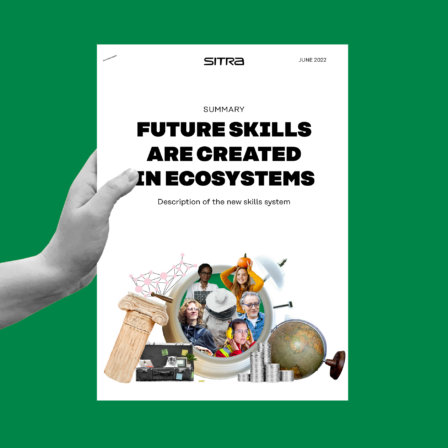
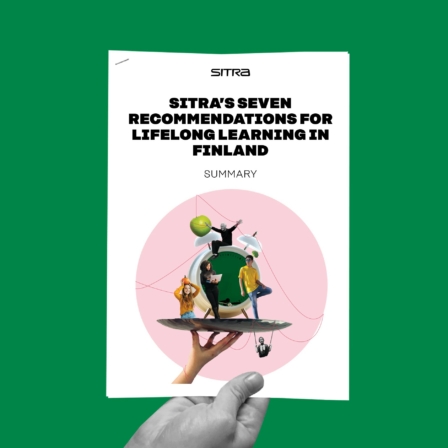


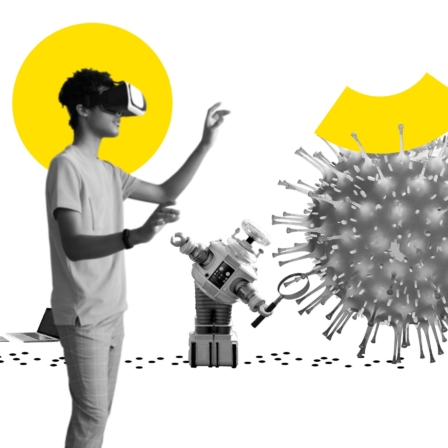
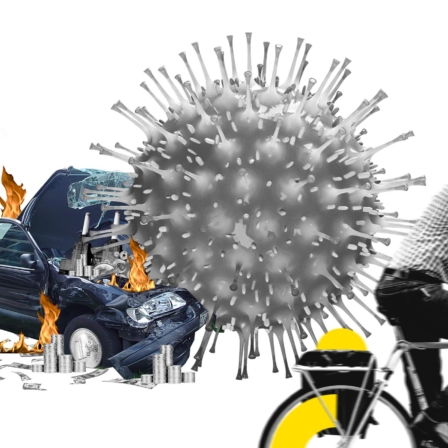

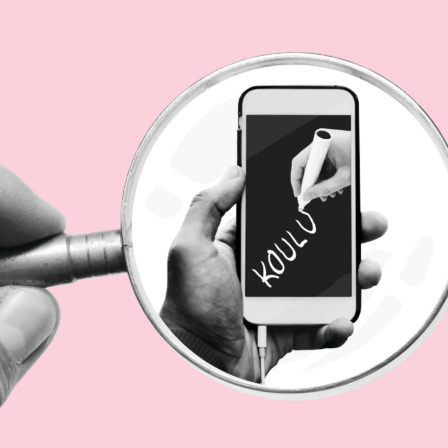



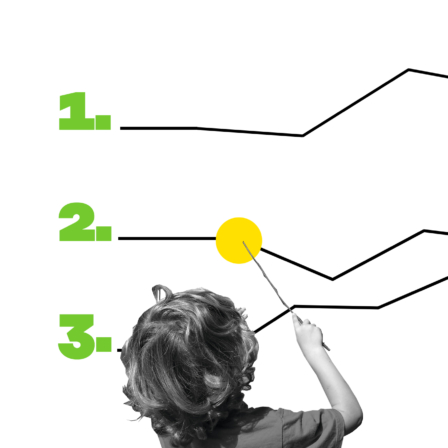


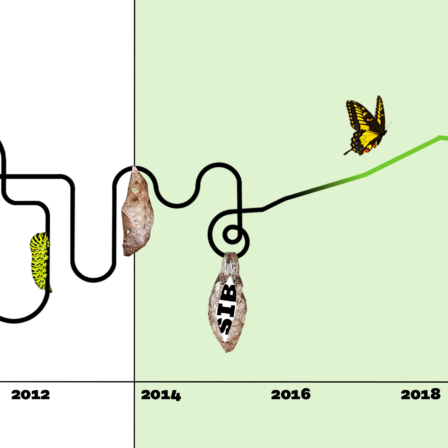

Recommended
Have some more.